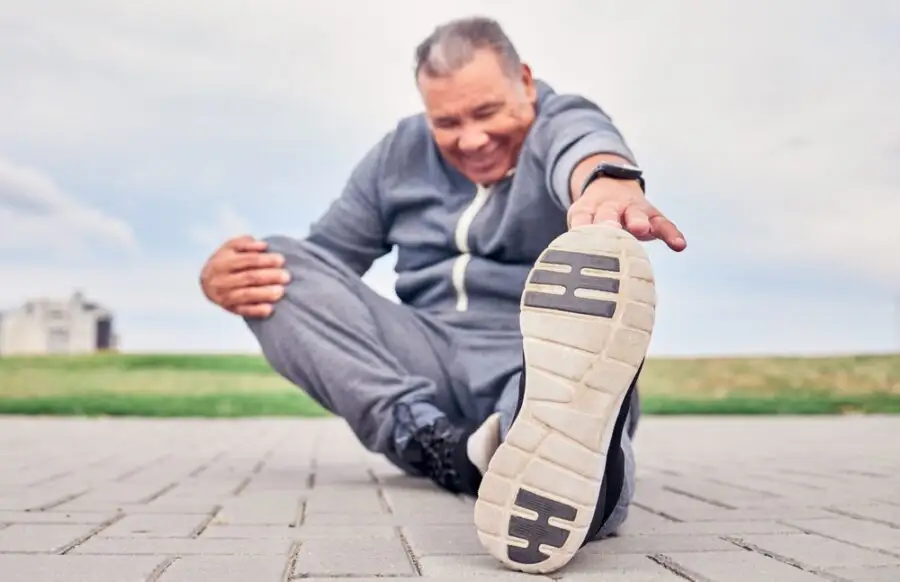
Getting back in shape often feels like a fresh start—a chance to regain energy, improve your well-being, and feel better in your body. Whether it’s after a long winter or a summer break, motivation is usually high. But your feet might not be ready to follow your pace. Even a mild pain in the heel or the ball of the foot can slow your progress. The good news? With a few simple steps, you can protect your feet and stay active without setbacks.
Common Foot Injuries During Fitness Comebacks
When restarting physical activity, your feet bear a lot of pressure. Here are common injuries you may encounter:
Plantar fasciitis: A sharp pain in the heel, especially in the morning. It results from tension on the fascia under the foot, often due to overuse or poor footwear.
Ankle or foot sprains: Caused by a sudden twist or uneven surface. Symptoms include pain, swelling, and sometimes the inability to bear weight.
Achilles tendinitis: Pain behind the ankle from overexertion or poor posture. Ignoring it can lead to chronic discomfort.
Shin splints: Pain on the inner edge of the tibia, often felt by new runners. It results from stress on the muscles and bones of the lower leg.
Many of these issues stem from improper shoes, rapid intensity increases, or biomechanical imbalances.
Choosing the Right Athletic Footwear
Footwear makes all the difference. Look for these features:
- Strong shock absorption
- Arch support
- Activity-specific design (running, walking, gym)
- Replace shoes after 500-800 km or if discomfort appears
A podiatrist can also recommend custom orthotics to correct posture and minimize repetitive strain.
You can learn more in our article on how to choose proper running shoes.
Warm-Ups and Stretches: Don’t Skip Them
Before you work out, get your feet ready:
- Walk briskly for a few minutes
- Roll a ball under your foot
- Stretch calves, arches, and Achilles tendons
After your workout, finish with static stretches to ease recovery.
Warning Signs Not to Ignore
If you notice the following, it’s time to consult a podiatrist in Quebec:
- Recurring pain in the heel or sole, even at rest
- Redness or heat in a localized area
- Swelling or stiffness that limits walking
Prompt attention prevents small issues from worsening.
Preventive Power of Custom Orthotics
Custom orthotics aren’t just for seniors. They can help if you have:
- Overpronation or supination
- Recurrent pain in feet or knees after activity
- Unusual foot shape (high arches, deformed toes)
Orthotics improve alignment and reduce muscle fatigue, helping you move better.
Common Questions About Foot Pain During Exercise
What are the signs of a serious foot injury?
Persistent pain, redness, warmth, or swelling can signal something serious. Don’t dismiss these signs.
Should I wear orthotics even if I have no pain?
Yes. Orthotics also serve as a preventive measure. Correcting alignment can stop future pain.
Is walking enough to stay in shape without risking injury?
Yes, if done gradually. Warm up, wear good shoes, and avoid pushing too far too soon.
Can I keep training with plantar fasciitis?
Consult a podiatrist first. They may recommend specific stretches or a rest period.
Conclusion: Start Smart, Stay Pain-Free
Getting active again is a great decision—but your feet need proper care to keep up. Choosing the right shoes, warming up, and listening to your body are key habits. And if pain arises, don’t wait. A podiatrist can offer targeted solutions that keep you moving comfortably.
Ready to protect your feet? Book an appointment today at a local podiatry clinic.